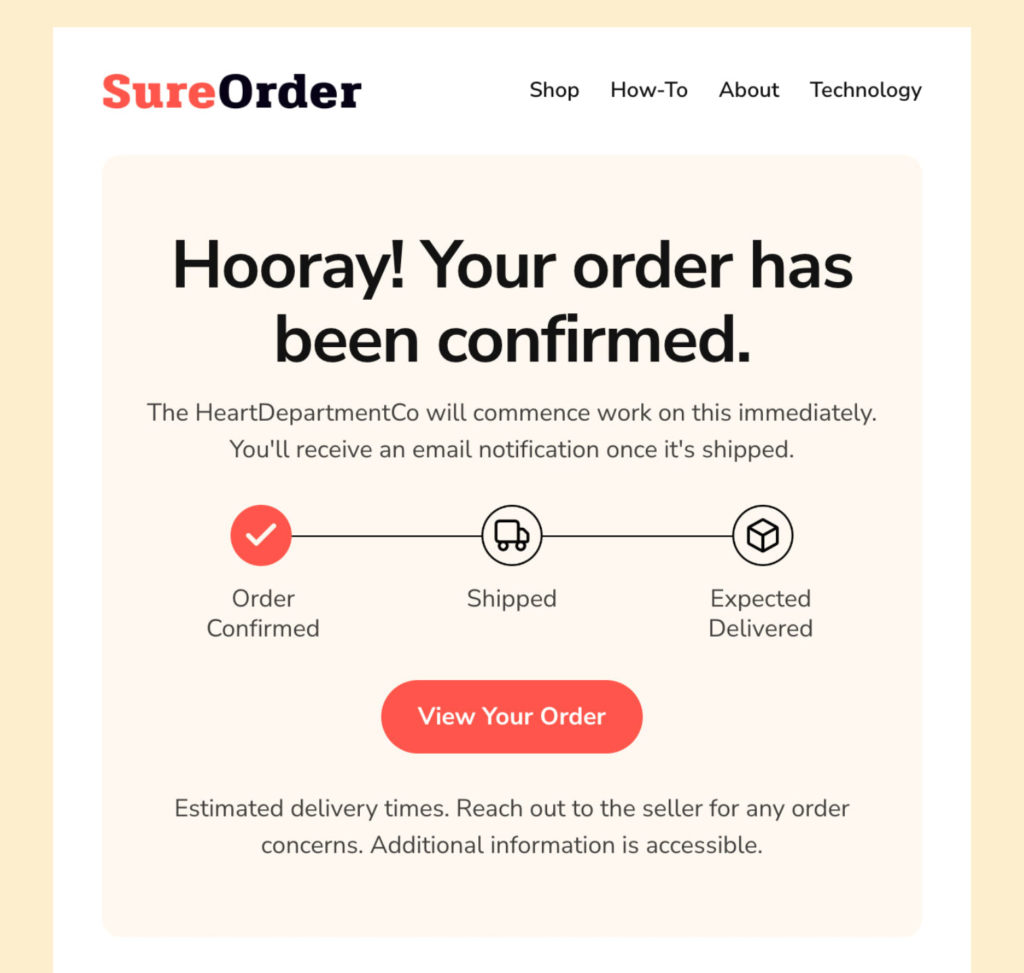Physical Address
304 North Cardinal St.
Dorchester Center, MA 02124
Physical Address
304 North Cardinal St.
Dorchester Center, MA 02124
In the web development industry, creating engaging, responsive, and aesthetically pleasing emails are as important as developing a dynamic website. Designing emails that look great everywhere might be a little bit tricky with the majority of email clients and devices. In such cases, Bootstrap proves always quite handy providing that framework easing HTML email template development in a very efficient way. This piece ventures into the importance of Bootstrap email HTML templates, their benefits, as well as how to use them in your email marketing campaigns.

Bootstrap is among the widely-used front-end frameworks, known for developing responsive and mobile-first websites that have mainly dominated its popularity. However, the principles and components can be squeezed into email template design albeit with limitations as the rendering engines are far from flexible. However, despite these limitations, the Bootstrap’s grid system and its responsive utilities can brilliantly be hacked to create responsive-savvy and multi-client compatible email templates.
Bootstrap’s grid system allows developers to create fluid-responsive email templates adaptable to any size of the screen and give an enhanced viewing experience on desktops, tablets, and smartphones.
With a framework such as Bootstrap, one may be able to maintain visual and structural consistency from email to email, giving confidence on continuity of the brand experience for the user.
Using pre-designed components in Bootstrap that can be customized and reused within an email design will cut by half or more than half the time required to develop design an email.
Email clients are notorious for styling CSS and HTML in making the most peculiar ways. By comparison, the conventions provided by Bootstrap are quite friendly in nature and can be easily manipulated to ease compatibility. This is more especially possible with the use of inline styling and table-based layouts when working on the most complicated designs.
Creating an email template with Bootstrap requires understanding the power of Bootstrap and the constraints that placed on us by the email clients. Here’s a step by step guide on how to get started:
Use a table-based layout to act as the framework of your email. As opposed to using CSS3, which is poorly supported in many an email client.
To avoid this, Bootstrap’s CSS should be converted to inline styles adapted for because most email clients don’t support external or internal CSS. Though, tools like Premailer can be used to automate the process of converting CSS styles to inline styles.
While not every email client will allow full Bootstrap responsiveness with the use of media queries, you can still achieve a responsive effect in most cases through the manipulation of fluid layouts and percentage-based sizing.
Iterate and Optimize your email
Test appearance of your template using Litmus or Email on Acid services to see how it’s shown across a variety of email clients.
Iterate on your template based on feedback from testing to fix any layout, responsiveness or compatibility issues.
Bootstrap email HTML templates provide a handy way of creating stunning responsive emails to amplify your emailing marketing efforts. Well, understanding this nuances of email rendering, then adapting it to the Bootstrap’s components, you can make really great looking emails that are going to work across all devices and all applications. Remember, the key to successful email templates lies in simplicity, compatibility, and extensive testing.